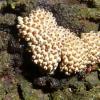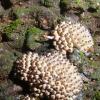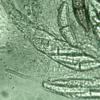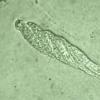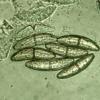
08-09-2012 01:35
Esquivel-Rios EduardoHi all.Here a curious ascomycete , found growing i

06-09-2012 21:23
 Chris Yeates
Chris Yeates
Bonsoir touswhile putting together the 'fungus por

28-08-2012 11:49
 Bernard Declercq
Bernard Declercq
Bonjour,Qui pourrait me fournir une bonne descript

04-09-2012 22:39
Camporesi ErioHi to all, did someone already collect an in

04-09-2012 22:25
Esquivel-Rios EduardoThanks for the data. Im sending a specimen to Dra.

04-09-2012 14:29
Can this fungus be Diatrype undulata? I have colle

03-09-2012 17:09
Cher amis du Forum:Cette Nemania a des estromes j

04-09-2012 03:34
Esquivel-Rios EduardoThis Amplistroma sp. dont match with any sp. known

03-09-2012 04:20
Esquivel-Rios EduardoHi.Did someone knows about Phylacia genera (Xylari
Hi all.
Here a curious ascomycete , found growing in dead wood, mixed with moss. the peritecias in clumps like bullets, the ascospores 15 -18 x 30 -32 microns , septate. Maybe any can identificate a genus..?

you are right Cesar, some pictures are available here http://www.ascofrance.fr/search_recolte/2081?
and its ananorph there: http://www.ascofrance.fr/search_recolte/2083?
All the best,
Christian

